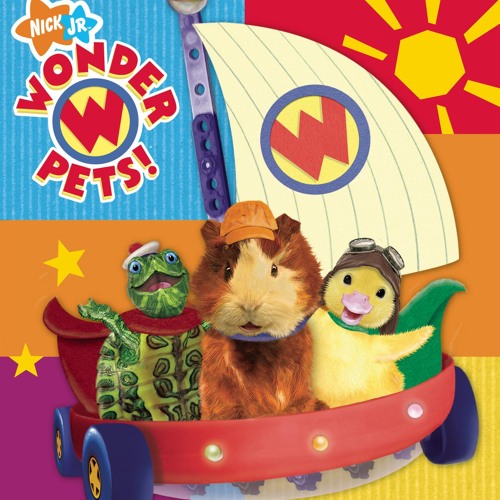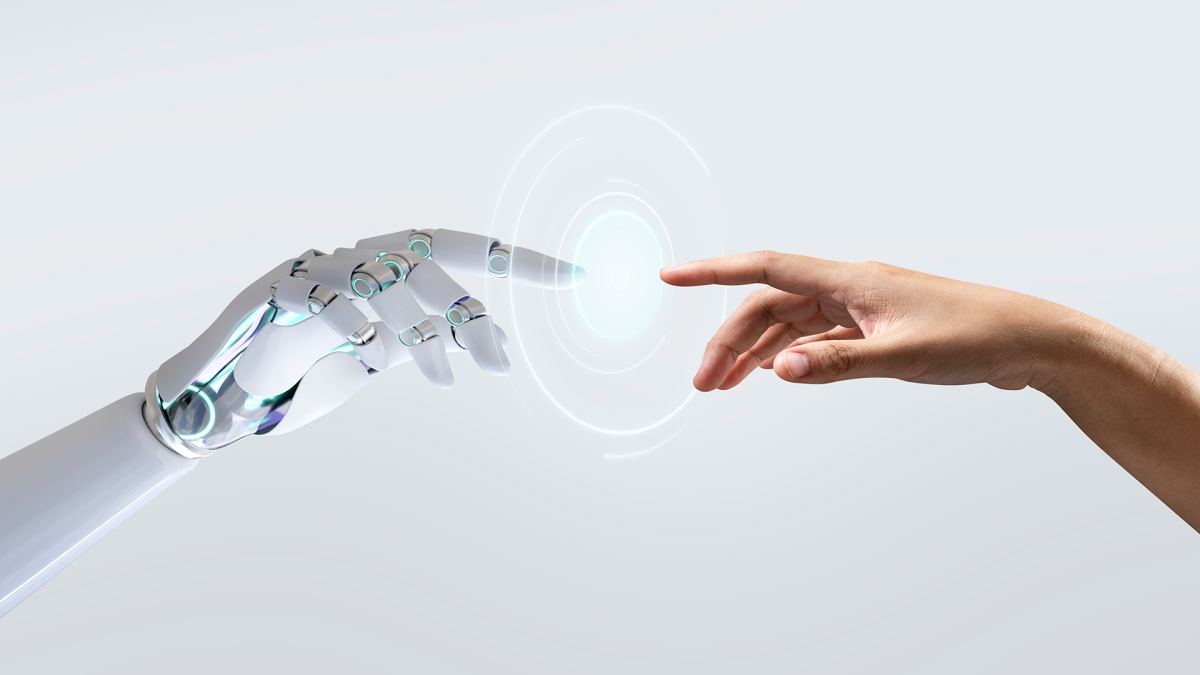Whether it is specific moments, your best triumphs, or the scariest moment, everyone has individual experiences and memories that make them unique, but oftentimes, there are also some that overlap. It is common that as children grow into adults and see the state of shows and toys for the current generation, they tend to feel as though their beloved playthings and cartoons were of both better quality and had more overall life in them. Now, the most common answer for this perception is simply that of nostalgia, but is it only this wistful thinking of the past that drives this understanding? Or is there some truth behind it?
For the best overall explanation, we should first take a look at the happiness hormone known as dopamine. According to The Cleveland Clinic, dopamine acts as the body’s reward center, giving us feelings of pleasure when completing tasks or activities. There are a wide variety of these actions, but some of the now more commonly accessible ones are sitting in front of a screen or buying yourself something that you have wanted. These didn’t used to be inherently addictive, but instead have been purposely engineered to induce as much dopamine into the brain as possible. This is a more newly practiced principle in not just the terms of the world, but has also been heavily implemented into the content that kids both purchase and consume. According to Stanford Medicine, some of the more serious effects are derived from the ease of access, followed by the quick succession of rewards. This can be easily seen in the countless “mystery box” themed toys lining the shelves, or the rapid-fire form of content inhabiting every platform. These don’t only draw people in by attempting to provoke some deep emotion in them, but keep them watching by getting them hooked on the constant feed of more and more of that happiness drug.

Along with the evolution towards a more manufactured form of entertainment, the previously loved cartoons have begun to fade away from the spotlight. Many of these shows usually try to incorporate either a life or an informational lesson into each episode; some, for example, are: Arthur, Wild Kratts, Wonder Pets, Sesame Street, and the list goes on. However, newer series lack this altogether, apart from the occasional outsider such as Bluey.
So the simple answer is no, your imagination isn’t playing tricks on you, the feeling that those older toys and shows had more effort and life in them is just the recognition of how severely manufactured the forerunners are. This isn’t only true for the little ones’ amusement, but for everything surrounding us. The world has advanced to the point of trying to produce as much addiction as possible in each other, only in the face of greed. Whether or not this dangerous abuse of human nature will lead to something more serious and dire down the road, nothing is going to stop the focus of content and items from being dopamine-driven.















